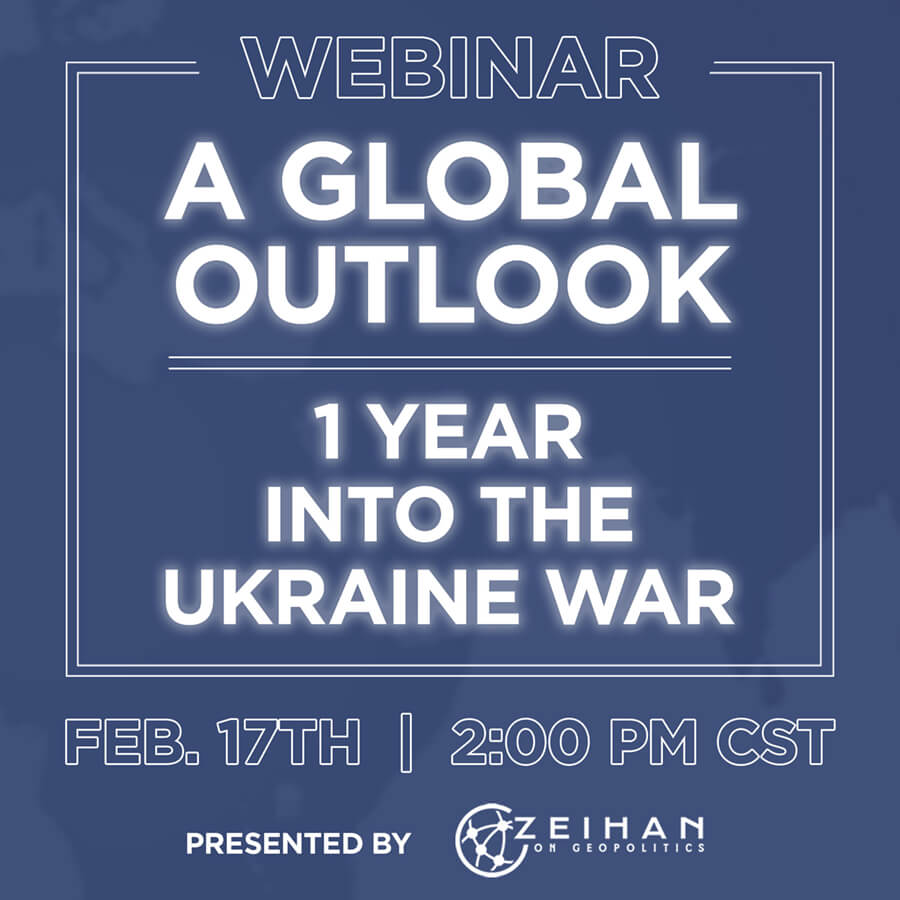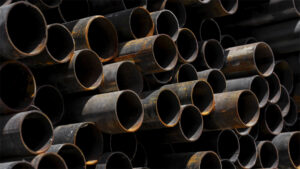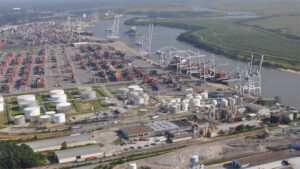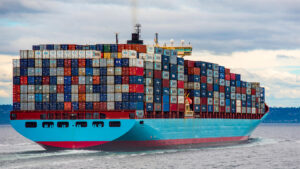Before we dive into today’s newsletter, I wanted to remind everyone that we are only 1 WEEK AWAY from the Webinar – Global Outlook: 1 Year Into the Ukraine War. So if you haven’t already signed up, click the link below for more info.

Now back to the eggs…
It’s time we get to the bottom of the question on everyone’s mind…why are my eggs so damn expensive?
Inflation takes no prisoners, but we may have another source to thank for this…avian influenza, aka bird flu. This resulted in a massive loss of chickens and the culling of herds to prevent further infection. And can you guess how you get more chickens?
You have to hold back some of your eggs, and then you have to wait…and then raise the chickens (for 2-6 months) to the point where they can start producing eggs. Unfortunately for us, this is how almost everything works in agriculture. You can’t just build a facility and start producing wheat overnight, you have to account for an entire production cycle.
Now take this framework and apply it to the Ukraine War. What happens when the fifth-largest exporter of wheat, the fourth-largest exporter of corn and the largest exporter of seed oils goes offline? The world’s going to have bigger problems than egg prices…
Prefer to read the transcript of the video? Click here
Here at Zeihan On Geopolitics we select a single charity to sponsor. We have two criteria:
First, we look across the world and use our skill sets to identify where the needs are most acute. Second, we look for an institution with preexisting networks for both materials gathering and aid distribution. That way we know every cent of our donation is not simply going directly to where help is needed most, but our donations serve as a force multiplier for a system already in existence. Then we give what we can.
Today, our chosen charity is a group called Medshare, which provides emergency medical services to communities in need, with a very heavy emphasis on locations facing acute crises. Medshare operates right in the thick of it. Until future notice, every cent we earn from every book we sell in every format through every retailer is going to Medshare’s Ukraine fund.
And then there’s you.
Our newsletters and videologues are not only free, they will always be free. We also will never share your contact information with anyone. All we ask is that if you find one of our releases in any way useful, that you make a donation to Medshare. Over one third of Ukraine’s pre-war population has either been forced from their homes, kidnapped and shipped to Russia, or is trying to survive in occupied lands. This is our way to help who we can. Please, join us.
CLICK HERE TO SUPPORT MEDSHARE’S UKRAINE FUND
CLICK HERE TO SUPPORT MEDSHARE’S EFFORTS GLOBALLY
TRANSCIPT
Still in San Diego, just had breakfast. And it occurred to me that, well, we’ve all been struggling with inflation for the last several months. But if you’ve noticed, eggs are by far the highest priced thing out there right now, based on where you are in the country, a dozen is now between $5 and $9.
The reason is not because there’s been a failure of the supply chain. The reason is not because there’s a shortage of imports. The reason, quite simply, is flu. The problem with maintaining chicken populations is that chickens are birds, and birds can fly…not the chickens that we raise for eating or for raising eggs, but other birds. And since birds are mobile, they carry their bugs with them and they crap. And the crap falls out of the sky. And sometimes it hits a domesticated bird.
Anyway, we had an outbreak of avian flu about a year ago, and as it roared through the Midwest and took out a lot of chickens, a lot of chicken farmers had to go through and cull their herds to prevent it from infecting anymore.
Now, from the point that you decide you want more chickens, you have to do two things. Number one, you have to hold some of the eggs back. So you’re talking about a reduction in output between a quarter and a half. Based on how fast you’re trying to recalculate. And then you got to wait because you got to raise these things. And it takes about I mean, it really varies greatly on the species, but somewhere between two and six months to raise an adult chicken to the point that it can be laying its eggs itself.
So this process started about three or four months ago. I mean, we have another 2 to 3 months to go before we really get that first huge additional generation assisting, and then we can start dealing with the backlog. So we are still looking at high egg prices for another 3 to 4 months.
Now, this sort of thing is pretty common in agriculture. People forget that, you know, when we have a shortage in something like a car because we can’t get a spark plug or a semiconductor, once you get the new facility on line, all of the other parts can be in place. And then you just go through the semi-finished cars. You plug in this last piece and you’re good to go. Well, that doesn’t work with food. If you have a food shortage, doesn’t matter what it is. You’ve got to wait for an entire production cycle to go through. And if you’re talking about plant based agriculture, sometimes that’s another year. Everything has to be in place. The pesticide at the right time, the seeds at the right time, the irrigation at the right time, the fertilizers at the right time, the harvest at the right time. And if you miss any one of those pieces, if you have a yield at all, it’s going to be paltry compared to what you’re used to. And you simply have to wait for the next growing season for things to begin.
One of the things that we’re seeing in Ukraine more right now is that the Ukrainians have been favoring corn and seed oils in this food evacuation program that they basically have with the United Nations. Ships can come in and dock at Ukrainian ports. The Russians have promised not to bomb them. And so the Ukrainians have to choose what goes in. And as a rule, corn and oilseeds generate more income for them, then wheat. So that’s what they’ve been favoring. Wheat output from Ukraine has basically stopped whereas corn is more or less where it was before the war, maybe a touch higher replacing it that requires some other producer someplace else. Crop switching to wheat in order to plug the gap or bringing new land on line. Regardless, it takes a year. And remember, we haven’t yet seen the real disruptions to the Ukraine war because the Russians haven’t specifically targeted the ports in mass enough to disrupt large scale exports or really in totality. But we’re probably going to see that really soon.
By the time we get to spring, it’s going to be a different kind of war. The Russians are going to be very clearly going for the throat instead of targeting civilian electrical infrastructure, they’re likely to go after food production and transport. And if they do achieve a breakthrough in the southern front, they’re absolutely coming for Odesa because that’s where most of the commerce in and out of Ukraine transits.
We’re about to lose the world’s fifth largest exporter of wheat, fourth largest exporter of corn and top oilseeds exporter. And there’s no one in the world who has the scale or the spare capacity to replace that. And even if they did, you’re talking a year out. This is going to get a lot worse before it gets better, even if the Ukrainians actually win the spring offensive to come.
Alright. Until next time.








